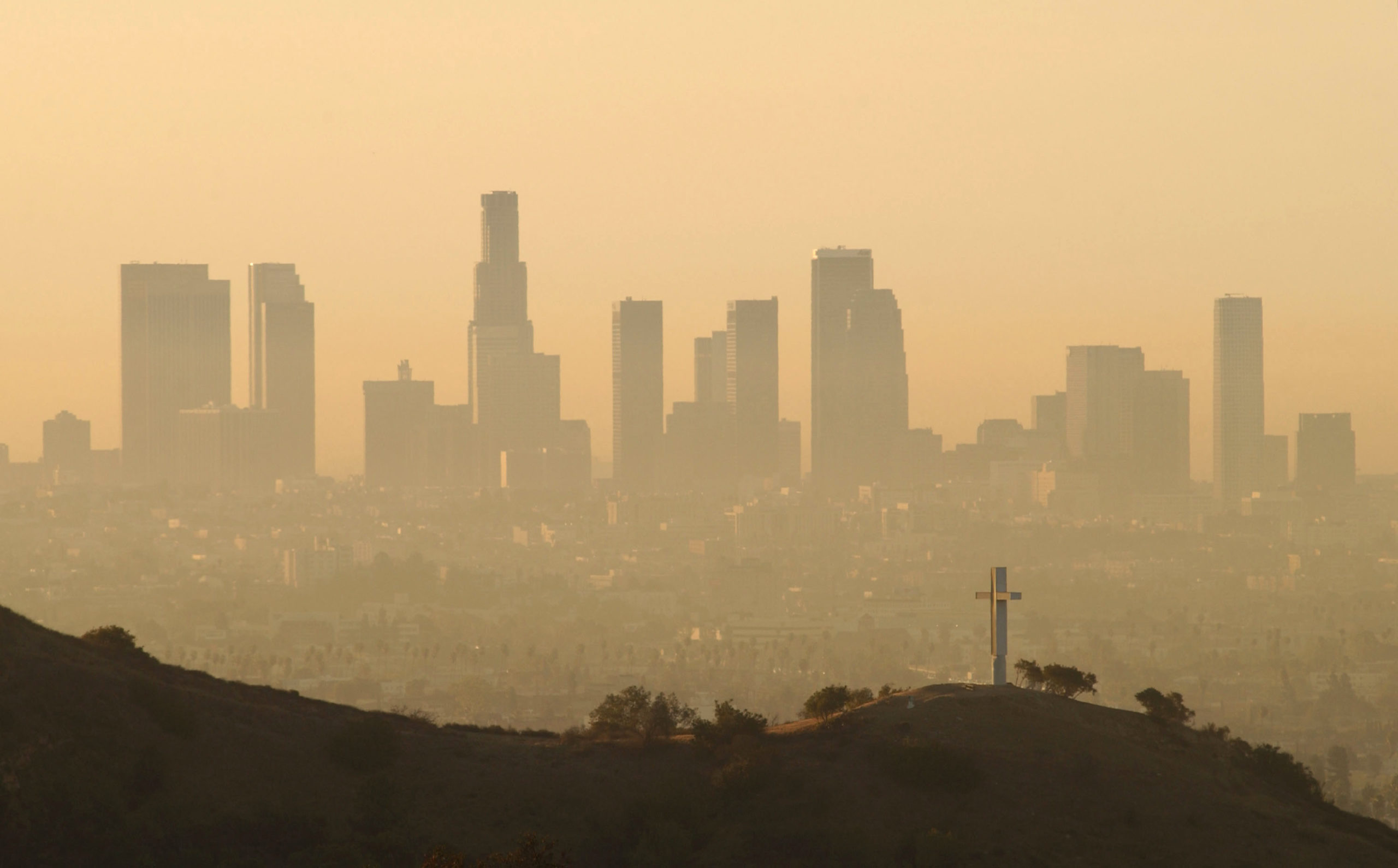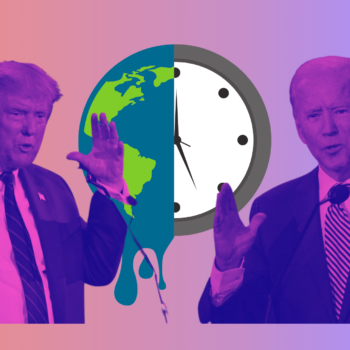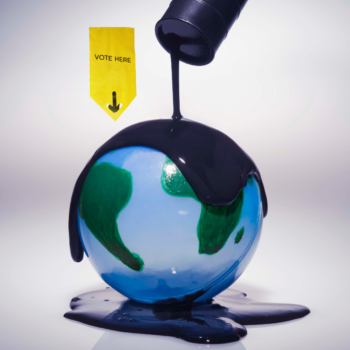On the list of landmark environmental court cases in the United States, the 2007 Massachusetts v. EPA Supreme Court case definitely ranks in the top three.
Environmental Supreme Court case decisions have been impacting vulnerable communities and natural ecosystems in the US for fifty years. These cases demonstrate ways public opinion can be wielded through the judicial branch to make a difference on environmental issues.
Massachusetts v. EPA stands today as a beacon of hope. Among several other SCOTUS rulings, the landmark ruling hits back against environmental policies that harm ecosystems and indigenous peoples.
Background of Massachusetts v. EPA
Congress passed the Air Pollution Control Act (APCA) in 1955, which funded federal air pollution research. Notably, the APCA did not require or give power to the federal government to regulate air pollution. The Clean Air Act (CAA) of 1963, however, permitted federal air pollution reduction in certain capacities.
Legislators of the CAA intentionally muddled the language, precluding any narrow interpretations by the people, the courts, or the EPA.
In 1999, several citizens, conservation, and environmental groups filed a petition for the Environmental Protection Agency to regulate air pollution under the Clean Air Act of 1963, believing the statute mandated the EPA to do so.
Congress must regulate “any air pollutant” that can “reasonably be anticipated to endanger public health or welfare.” The EPA denied the petition on the grounds that deadly climate pollutants don’t fall under the “air pollutants” category.
Massachusetts, 11 other states, and an alliance of environmental organizations, including the Environmental Defense Fund, subsequently filed a class action lawsuit against the Environmental Protection Agency to fight for the American people’s right to live in safe environments with clear air.
Even today, minimal or nonexistent air pollutant regulation continues to pose a very real threat to American citizens. We should not have to battle large corporations and government agencies to ensure that air pollutants aren’t poisoning our lungs everyday, but here we are.
Arguments for the plaintiff
On November 29, 2006, Massachusetts argued that the Clean Air Act of 1963 required the EPA to regulate the emissions of four specific greenhouse gases, including carbon dioxide. This case is monumental because it partially solidified the legitimacy of scientific research on global warming.
Additionally, Massachusetts had to prove that it had standing to file the lawsuit in the first place. The case was initially dismissed by D.C.’s District Court on a ruling that the plaintiffs could not prove the existence of personal injury resulting from inadequate regulation of air pollution. The District Court shut down Massachusetts, but it appealed and the Supreme Court agreed to hear the case.
Massachusetts contended that carbon dioxide and other greenhouse gases definitely contribute to global warming and will directly and indirectly threaten American citizens in the coming years. Climate change has the potential to wipe out Massachusetts towns like Cape Cod and Plymouth if sea levels continue rising. Isn’t it amazing that the government had to be sued to admit a scientific fact?
Arguments for the defendant
The EPA claimed the Clean Air Act of 1963 did not enable it to enforce air pollution regulations. The agency maintained that even if it did, the EPA had the right to reserve a decision on the matter until more research was completed on the “causes, extent, and significance of climate change” and ways to reverse it. Basically, even the Environmental Protection Agency wasn’t positive that climate change existed in 2007. If it was, it did not want to definitively say so and risk losing the support of big polluters.
Final decision
The case answered two major questions.
Could the EPA decline to issue emission standards for motor vehicles based on policy considerations not specifically enumerated in the Clean Air Act? (It cannot).
Does the Clean Air Act give the EPA authority to regulate carbon dioxide and other greenhouse gases? (It does).
5-4 outcome
In a nail-biting outcome, the Supreme Court ruled in a 5-4 decision that the EPA “must regulate carbon dioxide emissions from motor vehicles if they are found to be endangering public health and welfare.”
Thus, the EPA does in fact have legal authority to regulate motor vehicle CO2 emissions.
What’s more, the EPA and other agencies do not have the power to decline to regulate certain problems under its discretion based on policy preferences.
Why it matters?
Think if the SCOTUS ruled the CAA does not require the EPA to regulate CO2 emissions. In that scenario, the EPA would need to state publicly that CO2 does not significantly threaten public health or welfare.
A ruling in favor of the EPA would have set us light-years back in regulatory environmental legislation.
Majority opinion
Justice Stevens wrote the majority opinion, upholding Massachusetts’ concern that the EPA’s refusal to regulate carbon dioxide emissions could result in harm or injury to Massachusetts’ coastal towns with rising sea levels: “Given [the] EPA’s failure to dispute the existence of a causal connection between man-made greenhouse gas emissions and global warming, its refusal to regulate such emissions, at a minimum, contributes to Massachusetts’ injuries.”
Dissenting opinion
Chief Justice Roberts wrote the dissenting opinion, asserting that Massachusetts did not have sufficient standing for the case in the first place. The evidence of potential harm to individuals was not substantial. Roberts believed this case debated policy, rather than legality.
Legacy of Massachusetts v. EPA
As a result of this ruling, the EPA established many regulations on particles emitted from smokestacks, tailpipes, and oil and gas factories and included policy on methane emissions.
By creating the Clean Car and Clean Truck Standards, the EPA induced significant fuel cost and oil consumption savings through 2025.
Trump’s EPA recently rolled back these motor vehicle emission standards. A new president-elect could revert the EPA’s emissions standards back to their initial capacity.
However, no matter who we elect in November, we need climate change task forces and public advocacy to hold the president accountable to high climate change alleviation standards.
Without close public pressure and scrutiny, the government will continue to exercise its ableism. Ultimately, it would fail to address human rights and climate change.
We must not give up in our fight to secure environmental justice for all. That starts with utilizing our power as citizens and voters of the United States.













No Comments